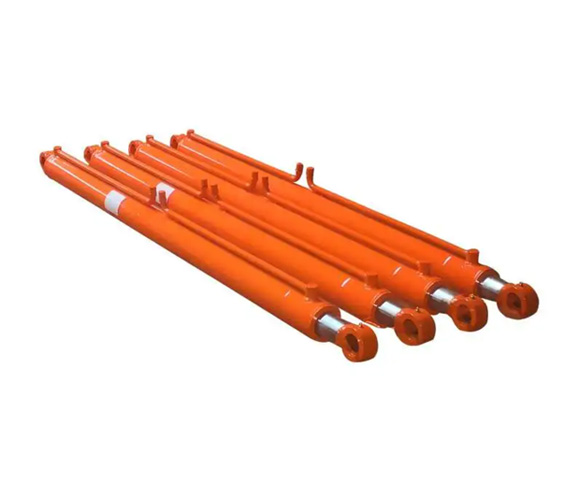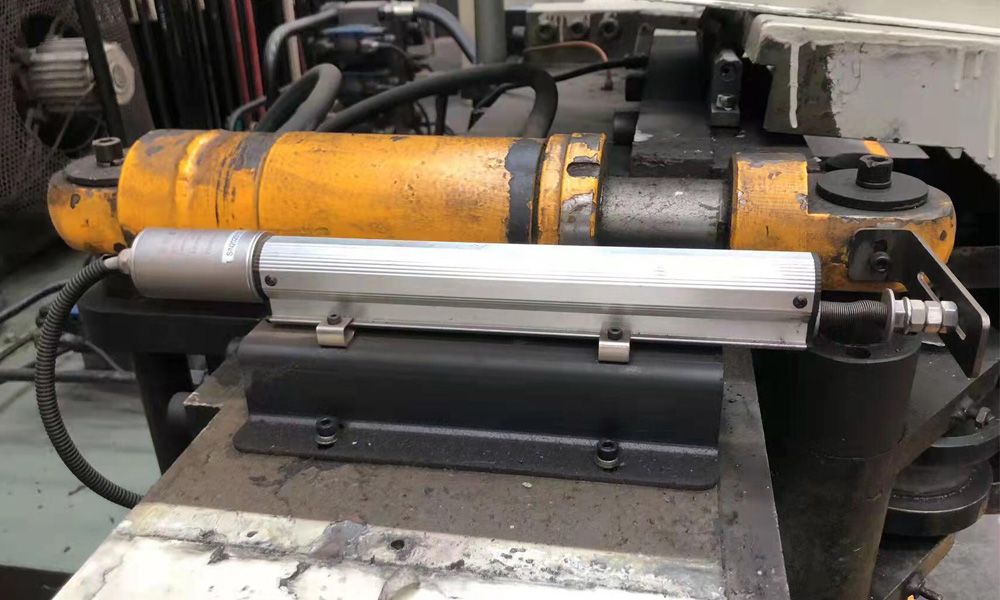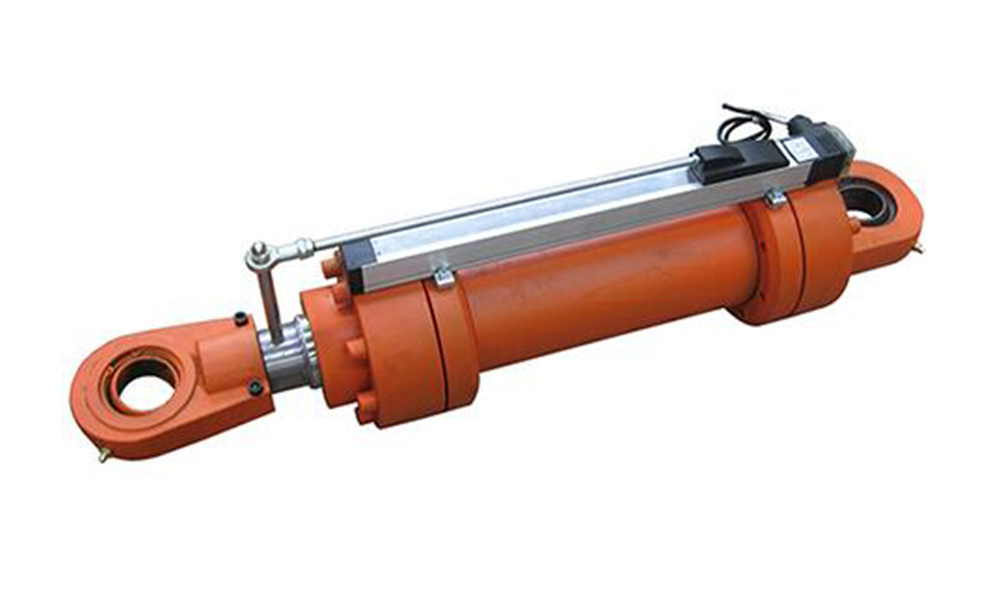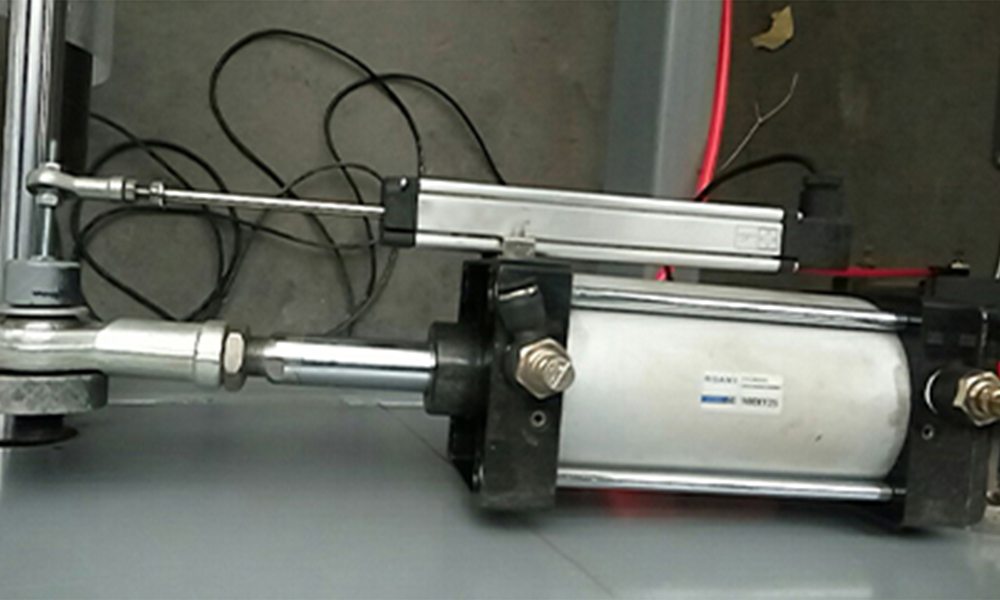

Magnetostrictive liquid level sensor is a precision position measurement device based on the principle of magnetostriction. The principle of magnetostrictive liquid level sensor is to generate a strain pulse signal when two different magnetic fields intersect, and then calculate the time period required for this signal to be detected, thereby converting the accurate position. These two magnetic fields are one from the permanent magnet in the magnetic ring and the other from the excitation pulses generated by the electronic components in the sensor's electronic compartment. The excitation pulse runs at the speed of sound along the waveguide wire made of magnetostrictive material inside the sensor. When intersecting with the permanent magnetic field in the magnetic ring, due to the magnetostriction phenomenon, the mechanical vibration generated by the waveguide wire forms a strain pulse. The strain pulse is quickly detected by the sensing circuit in the electronic compartment. The magnetostrictive liquid level sensor can accurately calculate the position change of the magnet by multiplying the total time from the moment the excitation pulse is generated to the moment the strain pulse is detected by a fixed speed of sound. This process is continuous, so whenever the position of the magnetic ring changes, the new position will be quickly measured. Due to the fact that the output signal is a true value rather than a proportional or signal that needs to be further amplified, there is no signal drift or variation, and there is no need for periodic recalibration like other sensors.
In woodworking machinery, magnetostrictive displacement sensors provide position feedback for the sawmill's electric saw and wood position hydraulic cylinder, ensuring product consistency and processing accuracy. Accurately measure the displacement of hydraulic cylinders by measuring changes in magnetic fields. This type of sensor has the characteristics of high precision, high stability, non-contact measurement, and long-distance measurement, and is suitable for the application of hydraulic cylinders in various harsh working conditions. In hydraulic cylinders, magnetostrictive displacement sensors can monitor the position and speed of the piston in real-time, thereby achieving precise control of the hydraulic system. It can also be installed externally on the hydraulic cylinder to measure the lifting of the hydraulic cylinder, providing important basis for equipment maintenance and repair. The application of magnetostrictive displacement sensors in hydraulic cylinders not only improves the operational efficiency and reliability of the equipment, but also reduces maintenance and repair costs.
With the continuous advancement of technology, the application of magnetostrictive displacement sensors in the field of hydraulic cylinders will be more extensive and in-depth, bringing greater convenience and benefits to industrial production and equipment safety. Overall, the application of magnetostrictive displacement sensors in hydraulic cylinders is an efficient, accurate, and reliable solution, which is of great significance for improving the performance and safety of hydraulic systems.

It is also a common application to use a rod type linear displacement sensor (electronic ruler) installed externally on the oil cylinder to measure displacement. This method involves installing a linear displacement sensor on the outside of the oil cylinder and utilizing the sensor's measurement function to measure changes in oil cylinder displacement. The externally installed linear displacement sensor can monitor the position changes of the oil cylinder rod in real time through a fixed connection with the oil cylinder, and convert these changes into electrical signals for analysis and processing by the control system.
This external installation method has multiple advantages. Firstly, it does not require internal modifications to the oil cylinder, simplifying the installation process. Secondly, external installation can reduce the impact on the internal environment of the oil cylinder and reduce the risk of failure. In addition, externally installed linear displacement sensors typically have a longer service life and lower maintenance costs, as they are less susceptible to the working environment and media inside the oil cylinder. The application of linear displacement sensors is very important in displacement measurement of oil cylinders. They can provide position and displacement data to assist in the control and monitoring of the control system. These data can be used to adjust the movement trajectory of the oil cylinder, control speed and acceleration, and monitor the working status of the oil cylinder.

